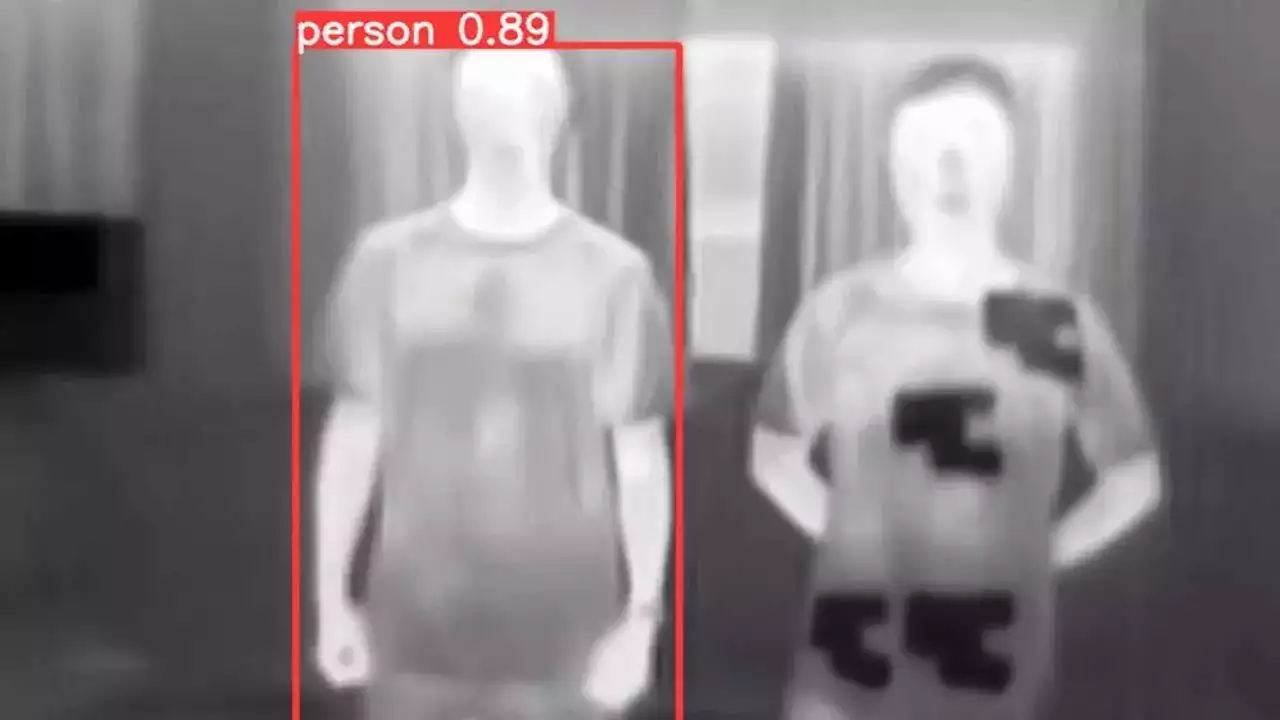The Chinese have always been several steps ahead of the rest of the world in terms of any sort of technology. But this time, they outdid themselves by creating something that seemed possible only in fiction (hint: Harry Potter movies). You might have guessed it by now. A group of students belonging to the school of computer science at Wuhan University have designed an invisibility cloak, which they have named the InvisDefense Coat. Professor Wang Zheng of the department supervised the project. This group seemed to have brought the dreams of every Harry Potter fan to life with this remarkable creation.
Here’s what has been found out about the InvisDefense coat, its mechanism of working, and how the Chinese plan on utilizing it to show objection against their autocratic and authoritarian government.
National Post has stated that four students have developed the InvisDefense coat at a low cost. The initial cost has been estimated to be around CNY 500 (roughly INR 6,000). It is a wearable device that can successfully conceal the human body from AI-powered security cameras, by overriding enhanced facial recognition technology that the Chinese government uses to monitor and control migrant workers, minority groups and protestors.

Design of the cloak
The InvisDefense coat is not technically in the shape of a coat, but rather, a t-shirt. It uses the principle of camouflaging. It appears as an ordinary t-shirt during the day, but by night, it transforms into an invisibility cloak. How it does so is by emitting certain quantities of heat signatures via the thermal devices embedded in it in order to confuse the programming of the infrared thermal imaging cameras that utilize heat to map out humans and other objects.
Professor Wang Zheng said, "Our InvisDefense allows the camera to capture you, but it cannot tell if you are human.”
Results of testing
The cloak was tested against security cameras installed within the university campus. The students were able to bring down the probability of pedestrian detection by 57% and avert more than half of the cases of being identified by the camera. The challenge was to design the least conspicuous image that could overpower the cameras. Their algorithm was able to disable computer vision.
In an interview with VICE, Wei Hui, the computer science graduate student who designed the coat’s core algorithm, said,” We spent a lot of energy preparing for this, including this product’s design and development.”
![]()
China’s authoritarian nature has revolved around curbing the freedom of their citizens, curbing teenagers from late-night partying, and identifying Muslims in Xinjiang, among others. This has led to the country comprising eight of the ten most surveilled cities in the world. This has raised serious concerns regarding human rights and freedom.
This group of students aim to eradicate more forms of surveillance, for example, via satellites and remote sensing in the future, and establish a sense of liberty among the citizens of the country. They have also suggested that with further improvements and modifications, this cloak could be used on the battlefield and as a military uniform.
@Vygr Media Private Limited. All Rights Reserved.






















